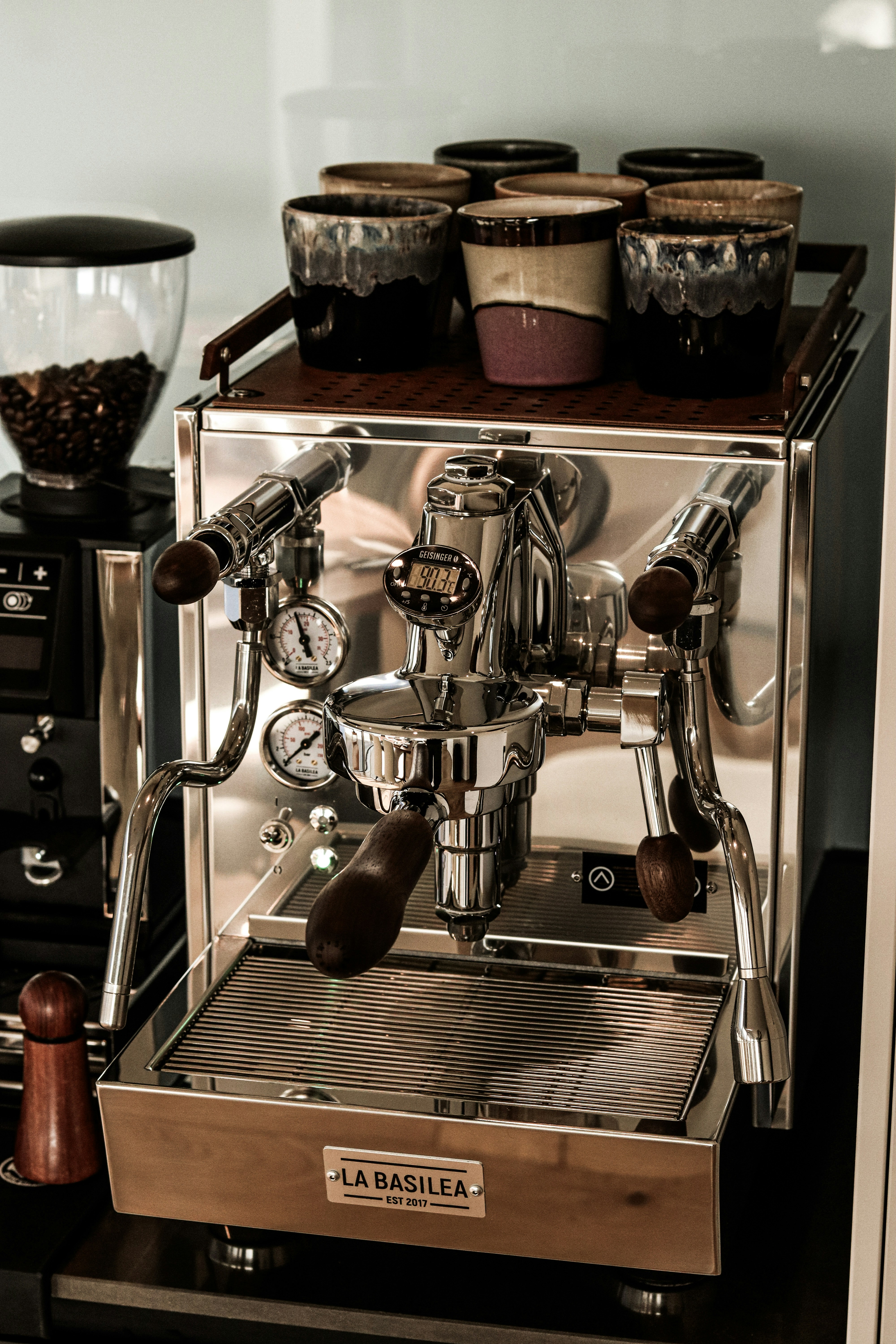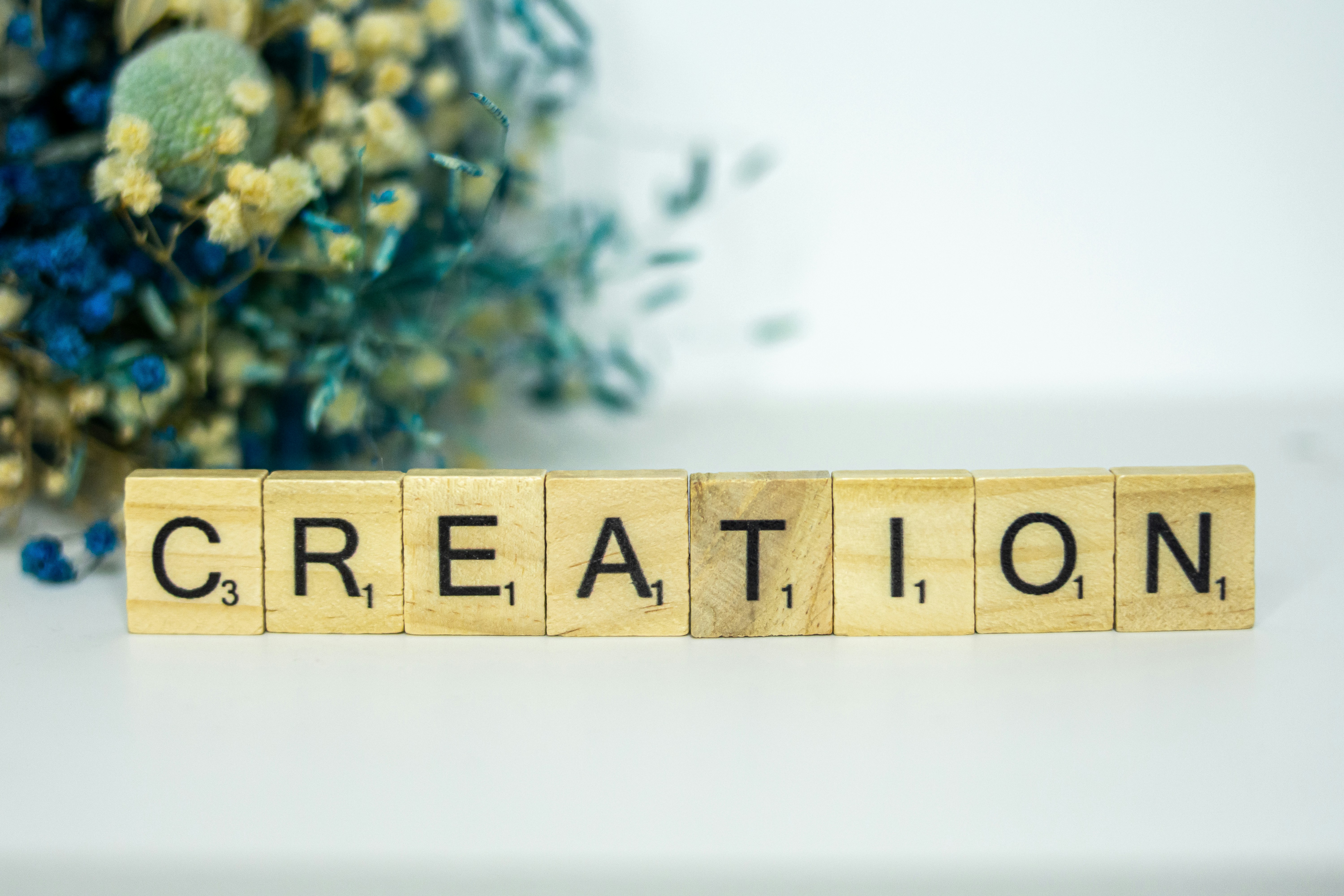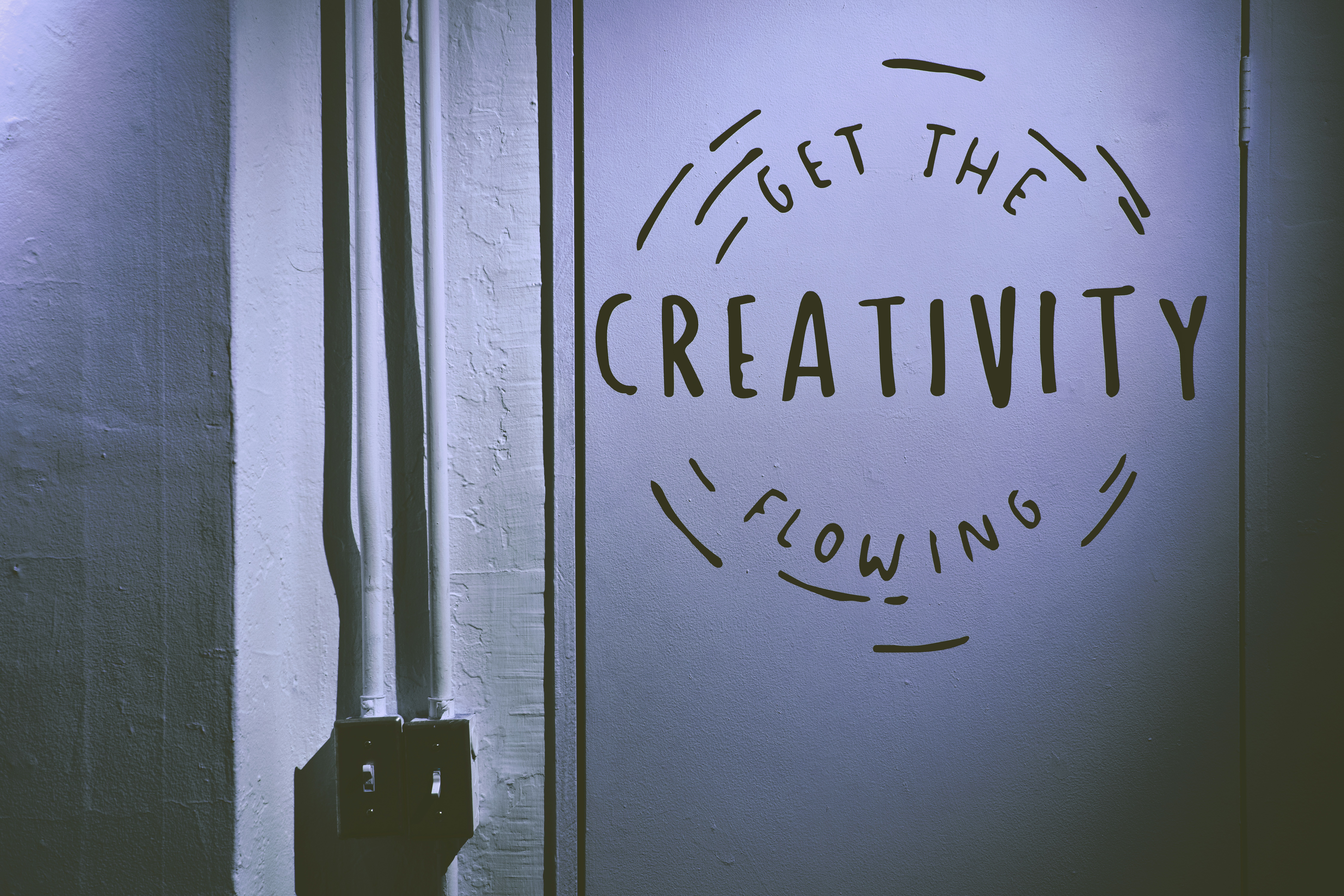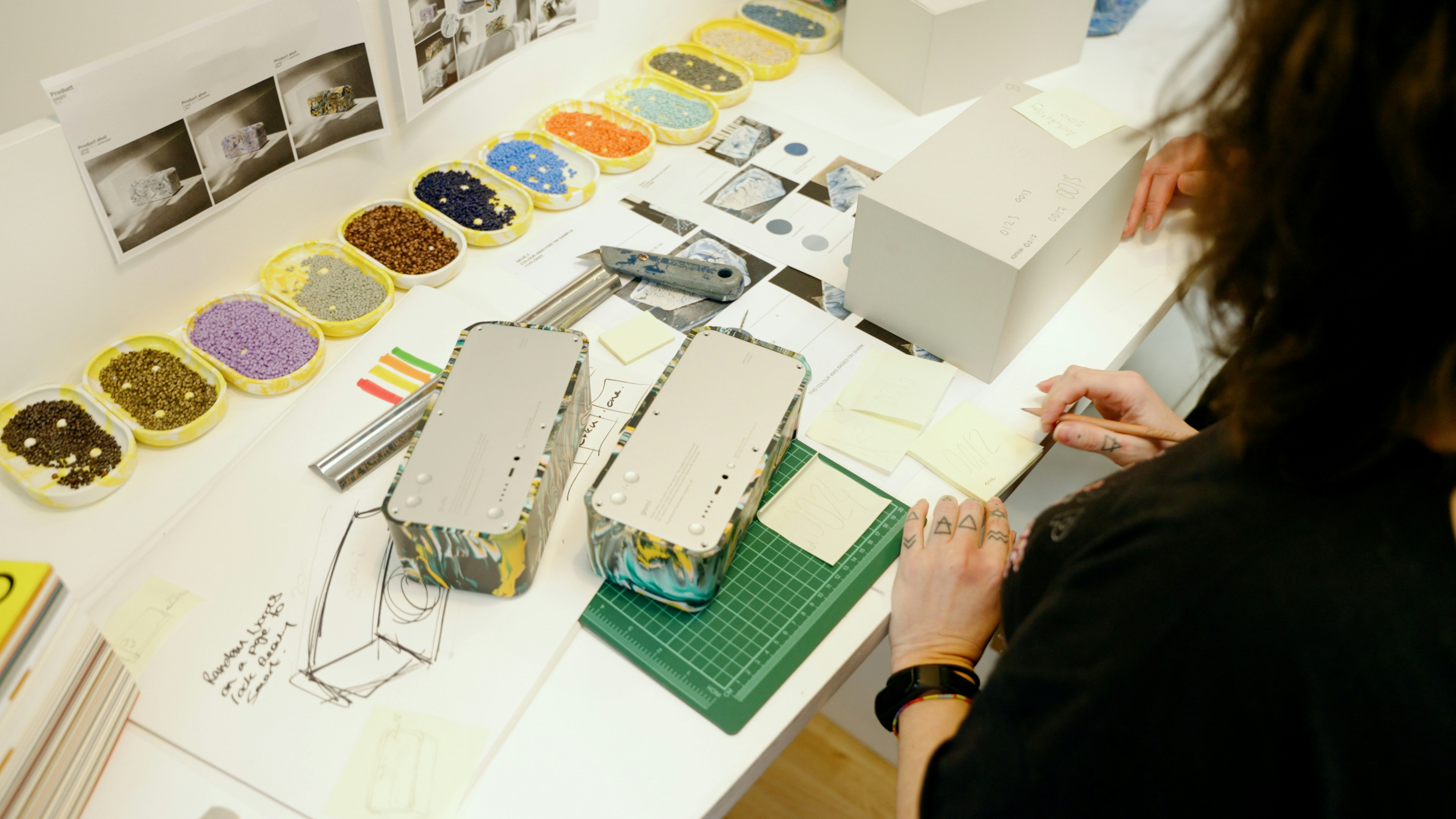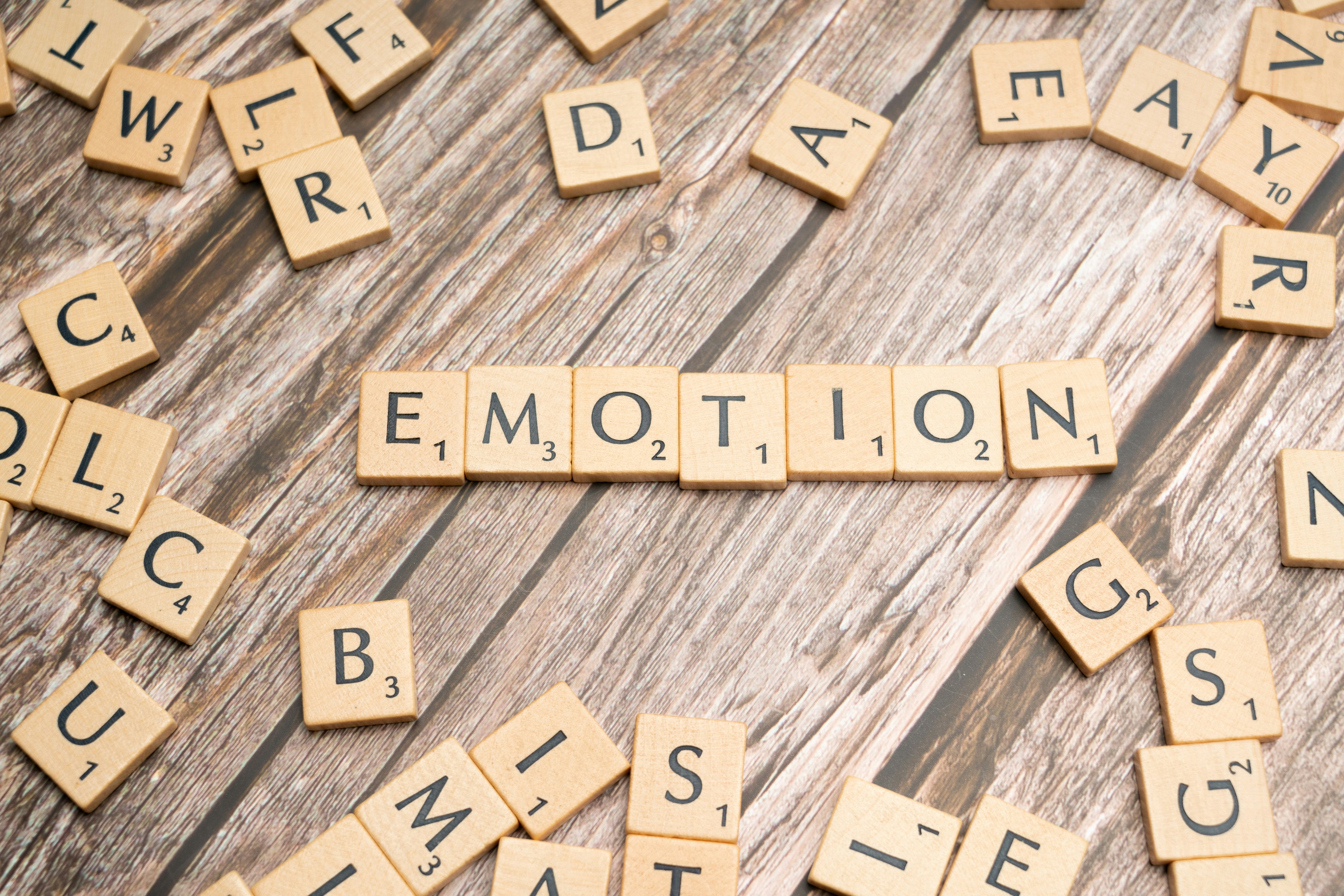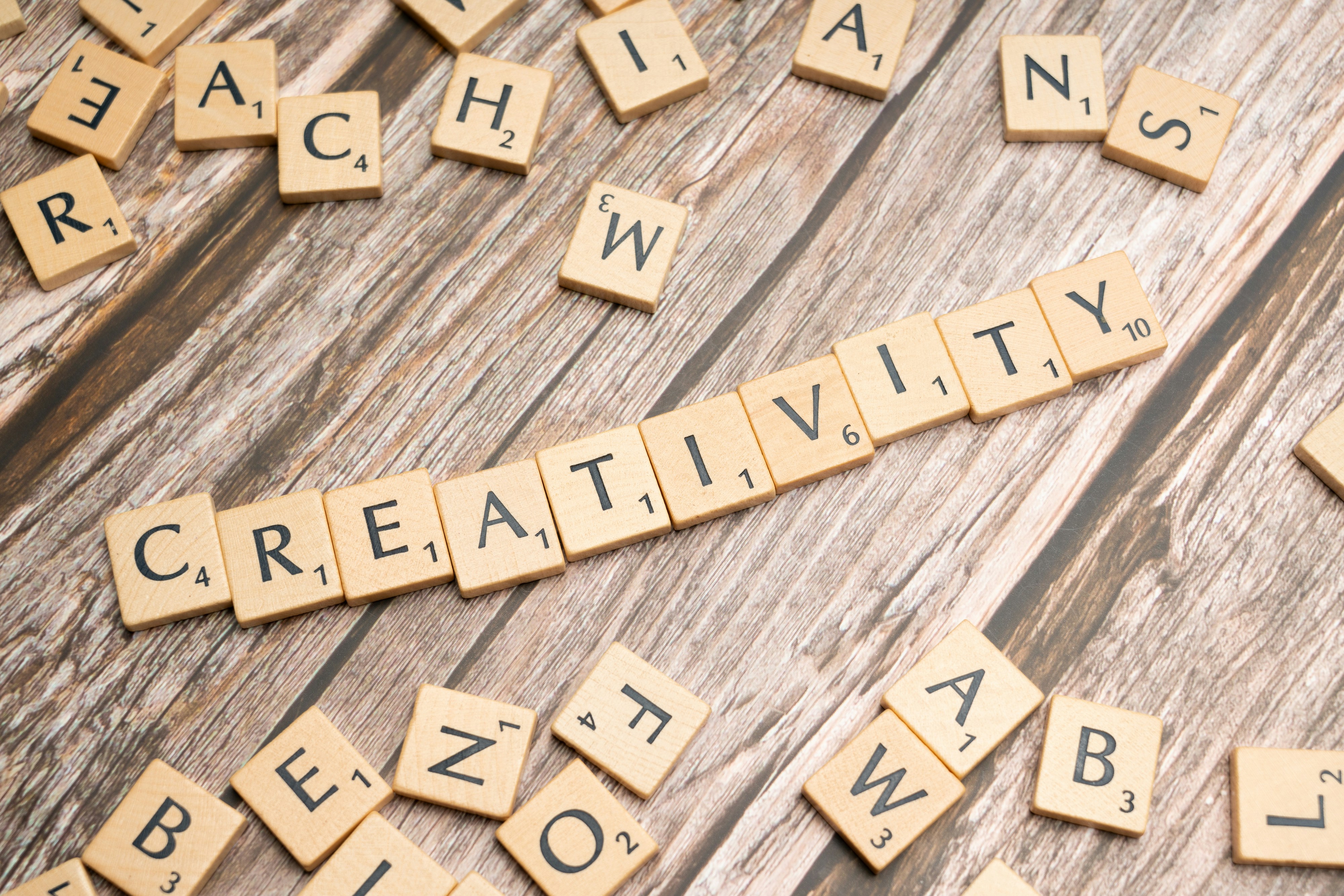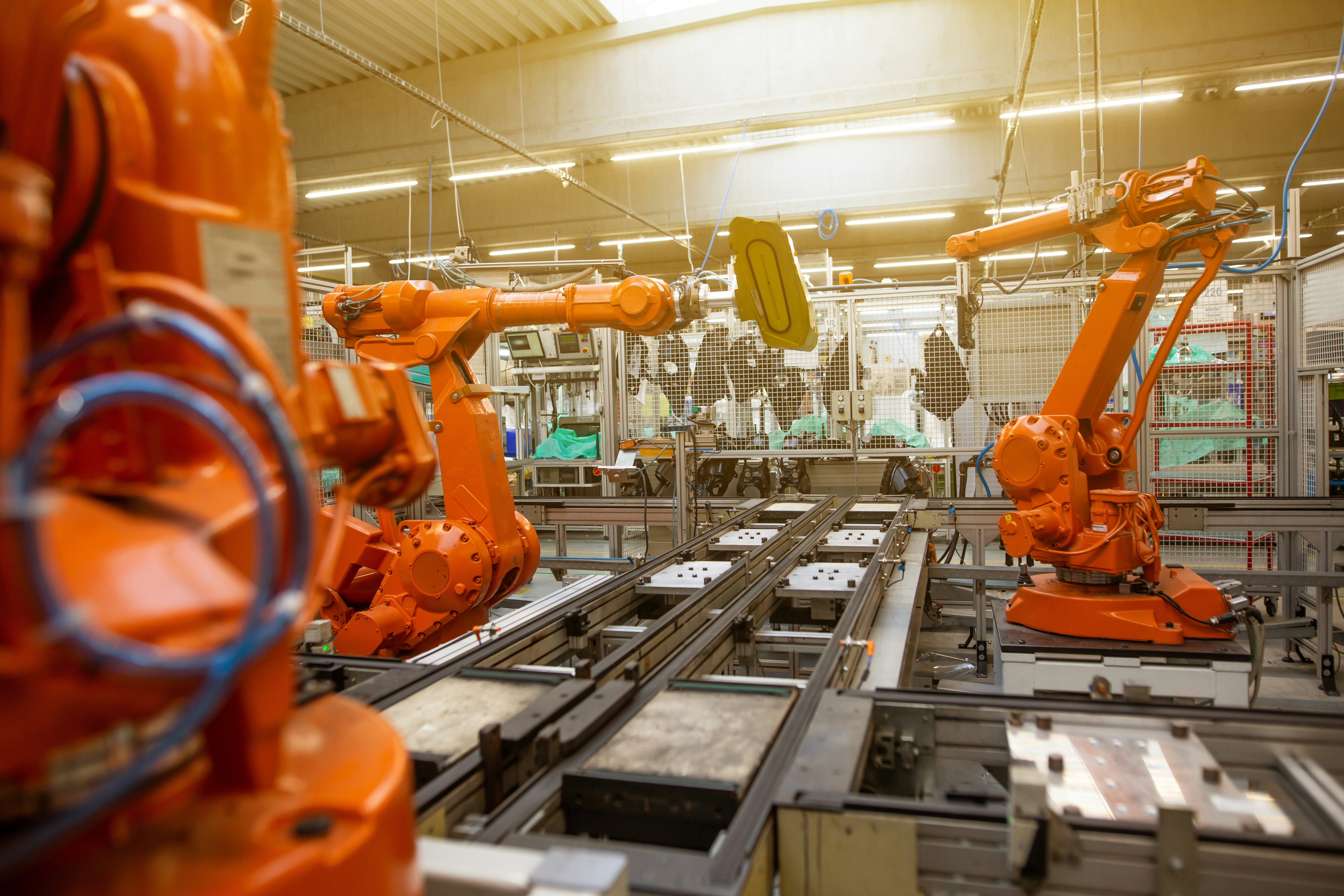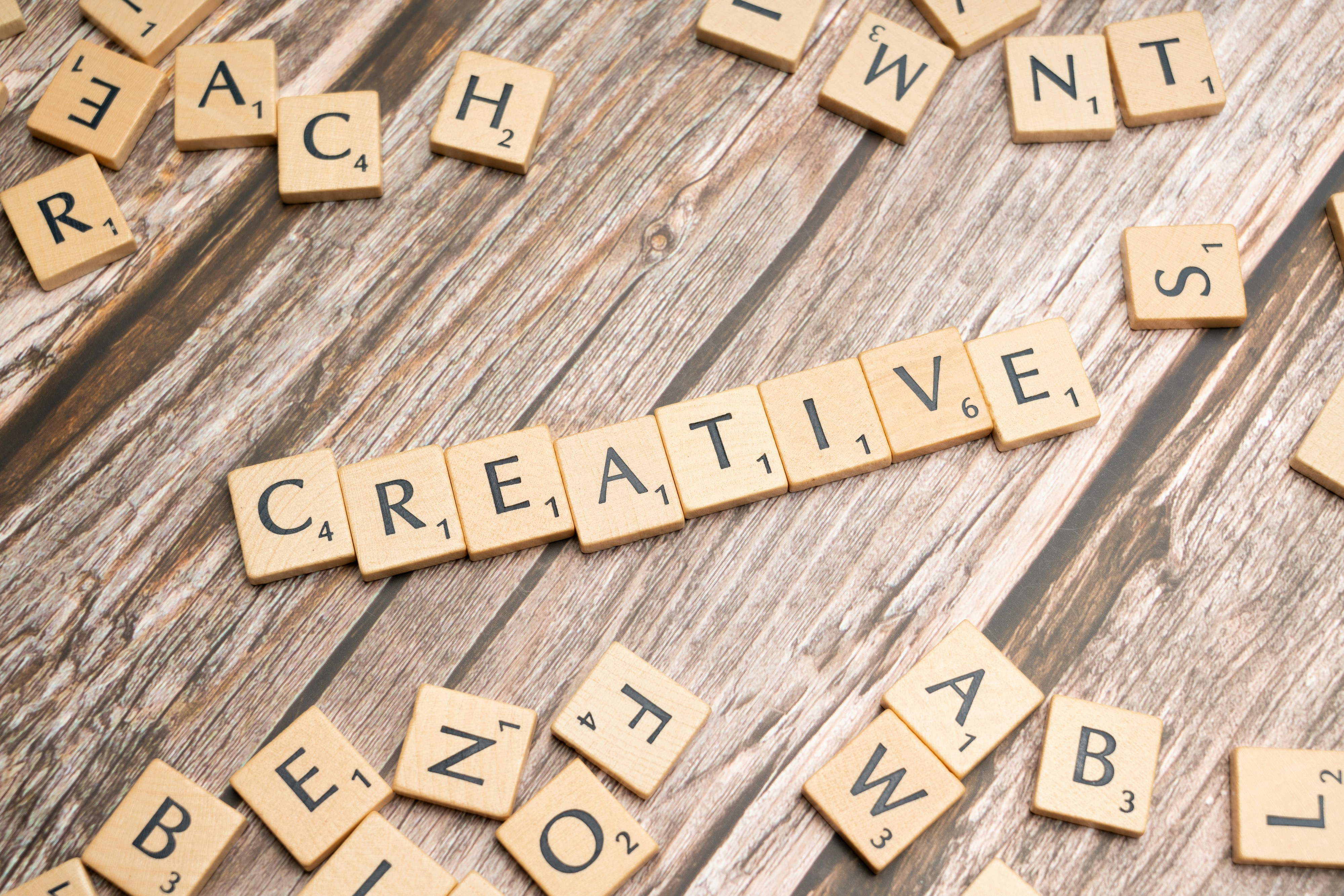AI-Driven Employee Renaissance: Transforming Creativity in Business
As businesses evolve into more automated and technologically advanced paradigms, many fear that automation will sideline creativity and problem-solving—the very attributes that foster innovation and growth. But the narrative is shifting: artificial intelligence (AI) tools are not only taking over mundane tasks but also empowering employees to cultivate new creative skills. This article dives into how automation fosters an "AI-driven employee renaissance," allowing workers to embrace innovative thinking and redefine their roles in surprising ways.
The Coffee Machine Conundrum: Rediscovering Creativity
Picture this: you’re brewing your morning coffee at work and overhear two colleagues brainstorming around the coffee machine. They’re discussing how they can streamline their reporting processes through AI tools. While the machine hums, what’s happening is far more significant than merging data with software. Employees are engaging in a creative dialogue spurred by AI’s capabilities, reimagining their tasks and discovering insights that weren’t previously in their line of sight.
AI is not solely a tool for efficiency but also a catalyst for innovative thinking. It offers a fresh lens through which employees can ponder their roles and leverage automation to leave room for creativity. When businesses recognize this shift, they unlock a treasure trove of potential.
The Evolution of Work: From Automation to Innovation
Automation has been traditionally perceived as a threat, leading to job displacement. However, a more favorable view is gaining traction: automation enhances human capabilities. As AI takes over repetitive tasks, employees experience an opportunity for growth. They can redirect their energy towards problem-solving and creative projects that demand higher cognitive skills.
Firms adopting AI tools, such as intelligent chatbots and predictive analytics, allow individuals to shift their focus to strategic planning and creative input, enhancing overall workplace productivity. AI systems can analyze vast datasets quickly, providing actionable insights that inspire unique solutions.
For instance, global consulting firm Accenture has reported that organizations investing in innovative automation reported a 40% increase in employee creativity. As such, automation isn’t merely about faster results; it’s about empowering teams to innovate.
Learn more about how AI enhances team collaboration in our article on unlocking business potential with AI tools.
Case Studies: AI-Fueled Creative Breakthroughs
Let’s delve into specific examples where automation has led to unexpected bursts of creativity in the workforce.
Case Study 1: Unleashing Creativity at Google
At Google, engineers have taken advantage of AI tools to reclaim time otherwise spent on manual coding tasks. By using automated coding assistants, engineers focus on developing applications and features with creative user-centered designs. This cultural shift led to projects like Google’s “AI for Social Good” initiative, where developers tackle significant global challenges through innovative applications of AI, significantly improving the employee experience.
Case Study 2: Automating Marketing with Creative Insights
Coca-Cola has implemented AI-driven chatbots to respond to customer inquiries. This automation enables marketing teams to analyze interactions and identify trends. With this integrated data, teams can tailor campaigns to promote higher engagement and more creative strategies. By blending automation with marketing insights, they reinvent customer connections while employees can focus on crafting authentic brand stories.
Explore how AI-driven emotional intelligence can elevate customer connections in our piece about AI in enhancing connections.
Case Study 3: Transforming the Design Process at IKEA
IKEA has integrated AI tools into their design process. By deploying machine learning algorithms to predict design trends based on consumer behavior, IKEA designers can experiment with fresh ideas and concepts. This synergy between AI and creativity allows the company to stay ahead of market trends while optimizing design iterations, shedding the shackles of outdated practices.
The Symbiotic Relationship Between AI and Emotional Intelligence
As automation shifts traditional roles, emotional intelligence becomes paramount. AI-driven tools, such as sentiment analysis algorithms, help organizations foster a culture of creativity by understanding employee sentiments.
These tools can ensure that organizational changes resonate positively within the workforce, resulting in collaborative environments where individuals feel valued and inspired. Consequently, it’s paramount for leaders to embrace emotional intelligence in tandem with AI, establishing a culture that encourages creative risk-taking.
Emotional Intelligence and Employee Empowerment
With AI managing repetitive tasks, employee stress is reduced, allowing staff to participate in brainstorming sessions and creative workshops. This empowerment manifests in various forms, from innovative product design to impactful marketing strategies. As employees feel comfortable expressing their ideas, businesses can benefit from diverse perspectives.
Discover how emotional intelligence and AI can reshape leadership in our article on transforming leadership with AI.
Navigating the Ethical Landscape of AI in Creativity
While the marriage of AI and creativity brings benefits, ethical considerations must not be overlooked. As organizations harness AI, it’s essential to create a framework that prioritizes transparency and fairness.
Organizations must ensure that AI tools reflect fairness and inclusivity, avoiding biases. This paves the way for innovative solutions that cater to diverse audiences and perspectives, thereby encouraging a creative environment that respects all voices.
Case in point, companies like IBM have begun crafting ethical policies around AI usage, guiding employees on how to use tools responsibly. Fostering an ethical culture encourages creative thinking, ensuring employees engage with AI positively.
Addressing the Concerns of Automation
Challenges arise when automation influences job security. Addressing these concerns head-on leads to a more resilient workforce. Training programs aimed at upskilling employees in areas complementary to AI increase confidence and foster a culture of continuous learning.
More importantly, by equipping teams with a broad understanding of AI operations and potentials, organizations cultivate a sense of ownership and empowerment among employees. This proactive mindset encourages innovative thinking and explores uncharted creative territories.
Practical Steps to Foster an AI-Driven Creative Workplace
To truly cultivate creativity through AI, organizations should consider the following actionable strategies:
-
Incorporate AI Tools Focused on Empowerment: Evaluate AI solutions that free employees from mundane tasks, allowing them to engage in creative initiatives.
-
Encourage Collaborative Brainstorming: Utilize AI-powered brainstorming platforms that leverage collective intelligence for richer idea generation.
-
Offer Upskilling Opportunities: Provide training programs that help employees develop proficiency in using AI tools, enhancing their creative skillsets.
-
Build a Culture of Feedback: Establish a continuous feedback loop that takes employee insights into account, reinforcing their role in the innovation process.
-
Champion Emotional Intelligence: Integrate AI-powered tools to gauge employee sentiments and foster emotional intelligence as a tool for creativity.
For more insights into transforming workplace cultures with AI, refer to our comprehensive article on transforming workplace cultures.
Final Thoughts: Embrace the AI-Driven Renaissance
In this age of rapid technological advancement, the role of AI has not merely been to reduce tasks but to enhance creativity and innovation in the workforce. As we have seen through various case studies, businesses harnessing the potential of AI tools are not only automating workflows but also cultivating environments where creativity flourishes.
Through effective strategic planning, fostering emotional intelligence, and embracing ethical considerations, organizations can navigate this AI-driven renaissance while inspiring their workforce to reach unprecedented creative heights.
As we move forward, let’s shift the narrative surrounding automation from fear to empowerment, inviting creativity to take center stage in the revamped workplace landscape. Visitors intrigued by how operational decisions can transform creativity should stay tuned for developments in this continuously evolving AI environment.
